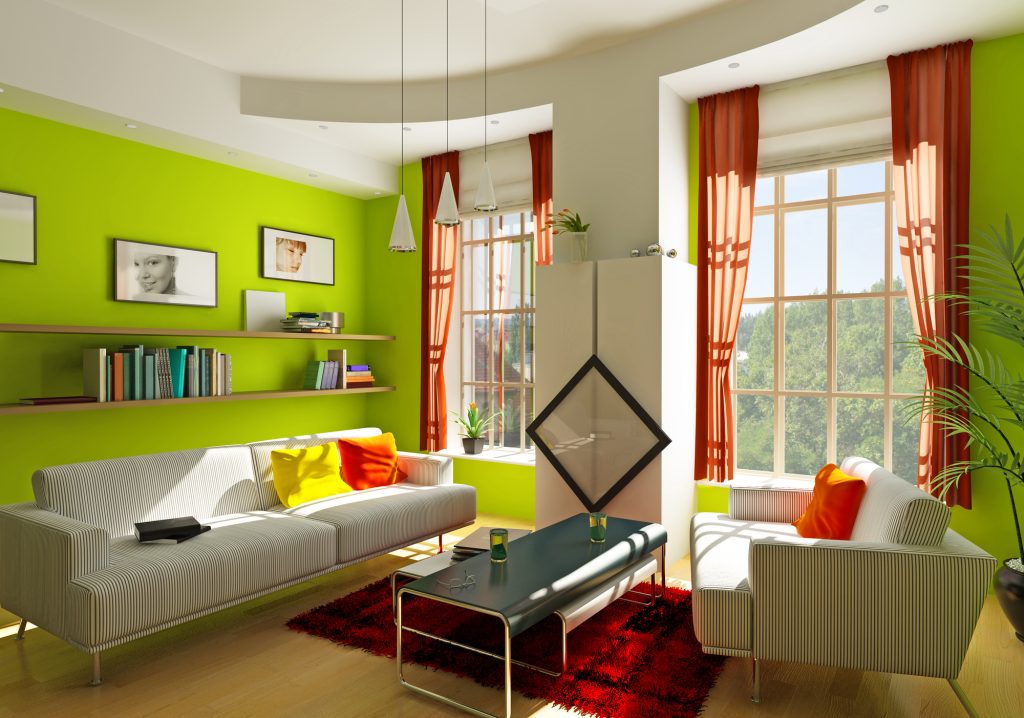Daylighting is a design technique architects and building designers use to make the most of the sun and increase a building’s appeal. They achieve this design using solar tubes to capture and reflect light throughout the building. Light shelves and skylights also increase the amount of sunlight in a room.
Natural light has gone through phases of importance throughout design history as researchers discovered more benefits of having natural light.
Daylighting design can significantly benefit the health of humans who live or work there. Here are eight ways this design practice impacts human health.
How Daylighting Design in Architecture Works
Daylighting is an architectural design term that refers focuses on integrating natural light into building design. This has become especially important in fields where mental health and wellbeing are a major concern, such as educational buildings and healthcare settings.
Daylighting has a two-pronged advantage: sustainability and health. The eco-friendly possibilities of daylighting design probably seem obvious – when we harness how the sun can light our interiors, we reduce our reliance on electricity and heating systems. When paired with solar power generation, daylighting can have a significant impact on energy consumption.
How does daylighting design work in action? It starts with the foundational plans, thinking through how to orient the building where sunlight will directly reach it at different angles throughout the day. New projects, for example, can aim to maximize exposure to the north and south of the building versus the east and west.
Then, architects work out the proper placement and size of windows. While windows should allow enough natural light to enter a space, designers want to be careful to hit the right ratio to prevent overheating from exposure or heat loss from window openings. The window treatment also matters here, as glazes can impact insulation and control heat transmission.
Other touches will include responsive electric lighting systems for when daylight isn’t adequate, floorplan design to ensure the interiors have enough access to light, and solar control with shading structures. Ultimately, the specific applications of daylighting will depend on the local climate and the building site’s orientation toward the sun.

Health Benefits of Daylighting Design
Daylighting can also have a positive impact on the health and wellbeing of people, whether they be elementary school students, hospital staff and patients, or corporate office employees. We’ll dive into the in-depth wellness benefits of increased natural light.
1. Improves Sleep
Natural light exposure during the day can affect the quality of sleep you experience at night. Why? The light makes a large difference in your circadian rhythm, affecting everything from your metabolism to body temperature to the ability to sleep well.
Research shows having natural light in the morning helps you be more alert during the day and fall asleep faster at night, while exposure in the evening enables you to stay up later.
Daylighting works to regulate how sunlight filters through and fills an interior, embracing natural light over electric lights in peak hours while shielding residents from the brightest rays when the sun is rising or setting. Working, living, or staying in a building with daylighting design can help you stick to a healthy circadian rhythm.
2. Decreases Seasonal Affective Disorder
Around 3% of people experience seasonal affective disorder (SAD), but the cases are higher for those with other mental health diagnoses. SAD is a depression occurring when you receive less natural light during the fall and winter months.
Soaking up as much natural light as possible during these months can help you combat this depression. Building designs that allow you to receive this light during the middle of the day are a great way to get the glow without braving the elements.
Of course, mental health concerns require professional assistance, and your environment alone shouldn’t be your only tool for coping. Getting natural light helps this condition but may not resolve it completely, so be sure to speak with your doctor if you experience any symptoms.
3. Boosts Vitamin D Intake
Vitamin D is a vital nutrient that strengthens your bones and decreases your risk of gaining weight, heart disease, and cancer. You receive a lot of vitamin D by absorbing sunlight – and fortunately for us, you can get it through natural light indoors and outdoors.
Having a daylighting design in your home or workplace can help you get enough vitamin D throughout the day to reap its benefits. This is a good solution for daytime workers, particularly in seasons where the sun sets shortly after the work day.
4. Increases Immunity
The immune system is what your body uses to fight the illnesses coming your way, but it is also delicate and needs help to stay in working order.
The vitamin D in sunlight helps you absorb calcium and iron, which are essential in activating immune cells. The blue light emitted from the sun’s rays also stimulates the immune cells to work more efficiently. Daylighting design allows building residents to receive an immune boost, whether you’re working or relaxing.
5. Reduces Stress
Have you ever felt a skip in your step on a beautiful, sunny day? Research has shown sunlight reduces stress levels and improves your mood, which can help you be a happier, healthier human.
When it comes down to it, living or working in a poorly lit building with limited windows can put a damper on your experience. There’s a reason office workers have responded negatively to the cubicle design of late twentieth-century office spaces. Planning floorplans to maximize exposure to windows can help residents glimpse nature and get some extra doses of light.

6. Helps Eyesight Development
Previously, we mentioned that daylighting design is a trending top in educational settings. Here’s another win for optimizing natural light in schools – there’s evidence that being in the sun for around three hours a day while growing up can help prevent kids from developing nearsightedness.
Natural light aids in the production of dopamine, which is a vital hormone for eyeball development. Without proper development, your eyes will have more difficulty focusing on the images they need to process – possibly leading to myopia.
7. Prevents Mold
Mold loves to live in cool, damp places and if it develops, it can have a disastrous effect on your health. Exposure over time can lead to severe allergic reactions that include trouble breathing. Natural light can help prevent mold from developing by giving spaces light and warmth.
Having daylighting design throughout your home and office helps provide plenty of light, helping prevent mold growth throughout a building.
Daylighting Design With Health in Mind
Implementing daylighting design elements into buildings can help ensure occupants absorb as much natural light as possible.
Aside from making buildings more energy-efficient, having natural light throughout a home or business provides a host of health benefits to those who are there throughout the day. With all of these pros, daylighting design is a no-brainer.
- 9 Myths and Facts About Environmental Toxins - January 4, 2023
- Top 6 Deadliest Hurricanes ever recorded - November 7, 2022
- Are All-Electric Homes Feasible in the Near Future? - September 25, 2022
